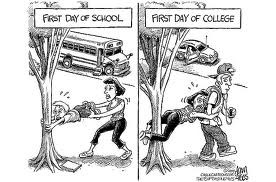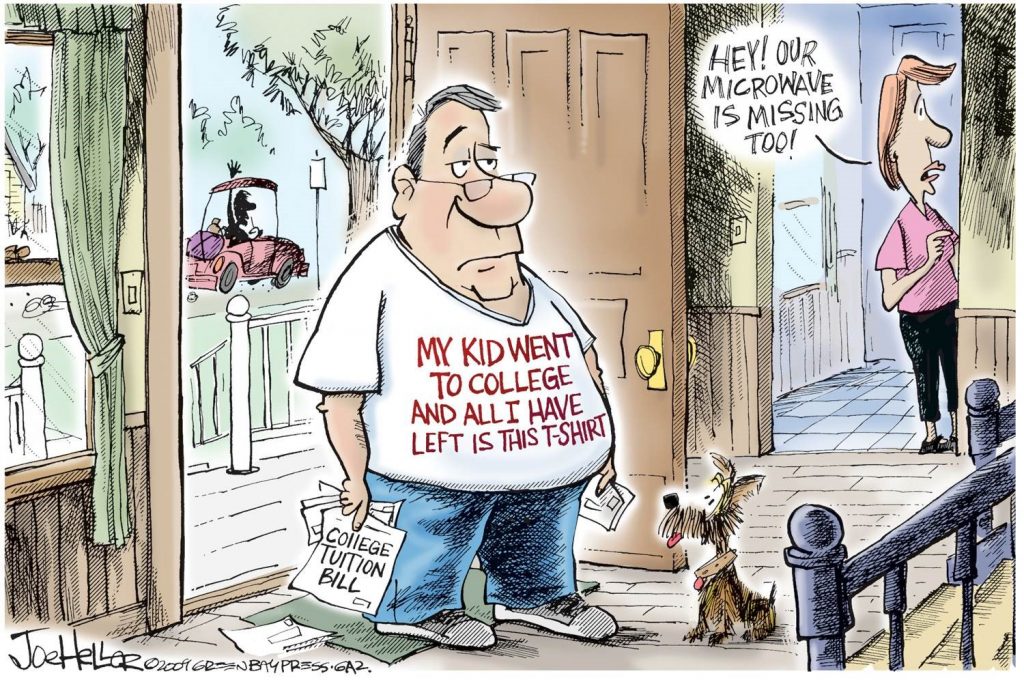By Noreen Steinacher and Brian McHattie
We ended our last blog by asking the question how the BIG, the Basic Income Guarantee might play out on the Saugeen Bruce Peninsula given our seasonal economy, small population, and older demographic. What an important question. We know many people in the Northern Bruce have benefitted from receiving the CERB but this is an economic crisis. Should the door stay open after the crisis and for what compelling reasons?
The best information available to bring us closer to a local perspective is to check in with the 210 citizens in Hamilton, Brantford and Brant County who actually lived with a basic income guarantee in 2017 for up to 17 months of a 3-year program. Theirs was a story of hope, change and the reshaping of living standards documented by four McMaster University researchers. As a starting point, let’s be clear that 69% of those receiving the basic income in the pilot were employed (in low income or precarious work) and 31% unemployed. This finding is important.
- The majority of those employed before the pilot reported working while they were receiving basic income. Many reported moving to higher paying and more secure jobs or returning to school.
So here we see evidence of people’s continued motivation to work and better their economic situation while receiving the basic income guarantee. This information may help to dispel worries that the BIG is a disincentive to work in an area like ours, which needs workers.
The other big finding was a huge reduction in stress and anxiety. How would this experience translate to seasonal workers in the Northern Bruce? The worry about reaching EI eligibility and trying to max out overtime hours to get extended EI coverage would be significantly reduced. Predictable income, even if low or in the form of benefits helps to reduce economic insecurity. Evaluations from the basic income pilot illustrate the connection between increased funds and decreased stress.
There were a whole host of health and social behaviors measured that also may reflect potential benefits from a basic income guarantee for those living in the Northern Bruce. These were measurable changes during the time people received the basic Income guarantee.
- 43% decrease in alcohol consumption
- 73% increase in physical activity
- 67% decrease in food bank use
- 85% increase in nutritious food
- 48% increase in volunteering
- 69% increase in time spent with family
Seeing this kind of positive change, and in a short time, is nothing short of amazing. Here we get a glimpse of people who are healthier and can contribute more to family and community life. Any community would welcome this kind of change. You can read the whole research paper at https://labourstudies.mcmaster.ca/documents/southern-ontarios-basic-income-experience.pdf
Unfortunately the 3 year, three region pilot program in Ontario was cancelled by the Ontario Conservative government within months after being elected in 2018 with Minister Lisa McLeod saying, ‘it wasn’t working’. The McMaster Basic Income Guarantee findings were just published in March, 2020.
What else do we know about the income picture in the Northern Bruce? A few quick indicators for our area tell us the low-income prevalence, that’s poverty, is 14.2%; that’s higher than the Bruce average of 13.3% (Public Health Grey Bruce, 2015) and there were 545 low-income households in NBP at the 2016 census. But we are missing some vital information about our labour force. Just how many full time residents of the Northern Bruce are working long, hard hours in the summer season and then have to rely on EI as an income security measure for the rest of the year? These are the folks who are raising children, trying to keep our schools and child care centres thriving, paying housing and food costs and in many cases living an economic roller coaster. They are also trying to stay healthy and participate in community life. We need more information about our workforce for the community, business leaders and municipal government to better understand the economic options that might work differently for an important segment of our community. In our next ‘blog’ let’s consider what would be involved in challenging the status quo. The discussion continues.



